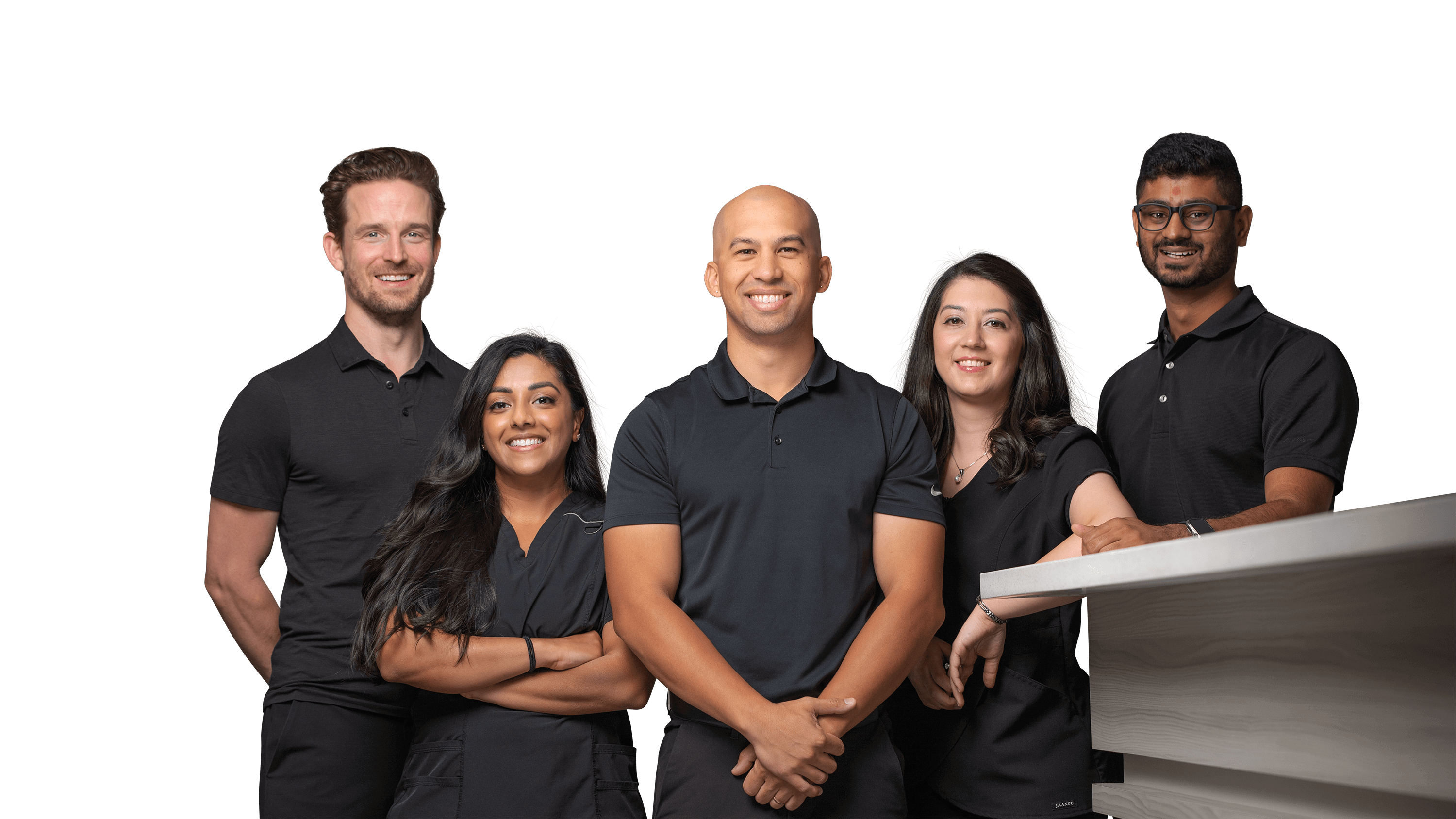Club Foot

Medical terminology: talipes equinovarus
What are club foot?
Club foot (talipes equinovarus) is a deformity present at birth that affects 1 in every 1,000 children. Club foot occurs in males more often than females and usually affects only one leg. At birth, a doctor or nurse inspects the newborn and is usually able to diagnose club foot. This allows for quick and efficient treatment planning. Sometimes milder forms of club foot are missed until the child starts experiencing foot pain or difficulty walking.
What causes club foot?
The most accepted cause of club foot is a defect in bone growth of the head and neck of the talus bone. The talus bone forms the lower part of the ankle joint and is connected to the heel bone (calcaneus) and the navicular (part of the midfoot). The talus bone transmits the entire weight of the body to the foot.
There are many other theories of other causes of club foot which include:
- Chromosomal – defect in the unfertilized germ cell
- Embryonic – defect occurs during first 12 weeks of development (after fertilization)
- Neurogenic – defect in neurogenic tissue fiber leading to soft tissue imbalances
- Myogenic – defect in muscle tissue
- Vascular – absence or underdevelopment of foot arteries affecting growth
How does club foot affect the foot?
This condition causes many changes to the foot structurally and functionally. Club foot can cause the foot to become rigid making movement difficult, muscle atrophy due to improper function of the foot and underdeveloped bones causing foot function to be affected.
- Poor of shock absorption – causing possible knee and back pain
- Increase chance of fractures – due to a rigid foot and lack of shock absorption
- Difficulty walking/running – abnormal foot function makes movement difficult
- Excessive amount of callus/corns – rigid foot and abnormal position places increased pressure on foot
How do you treat club foot?
The aim of treat is to achieve a functional foot which is flexible and can lay flat on the floor. Treatment of club foot should be started as soon as possible after birth.
Manipulations:
- Helps elongate soft tissue by means of gentle stretching
- Manipulation of subluxed foot joints reduces deformed position
- Usually applied weekly for the first 2 months then bi-weekly up to 8 months
Serial Casting:
- Used along with manipulations
- Foot is casted in a proper position to promote soft tissue correction
- Casting is continue until foot appears normally
- Correction may be maintained with a bar or splint or corrective footwear
Bars and splints:
- Holds foot in a proper position
- Helps maintain correction made by manipulations, serial casting or surgery
Corrective footwear:
- Holds foot in a proper position
- Helps maintain correction made by manipulations, serial casting or surgery
Surgery:
- Infant must be at least 3 months of age and have a foot length of 8 cm
- Only used if conservative methods are unsuccessful
- Approximately 50% of all cases require surgery
- Surgery correction must be maintained with casting
Children will need regular follow-ups for several years after correction. It is possible for some of the deformity to return up to the ages of 6-7. Repeated casting or further surgery may be require.
